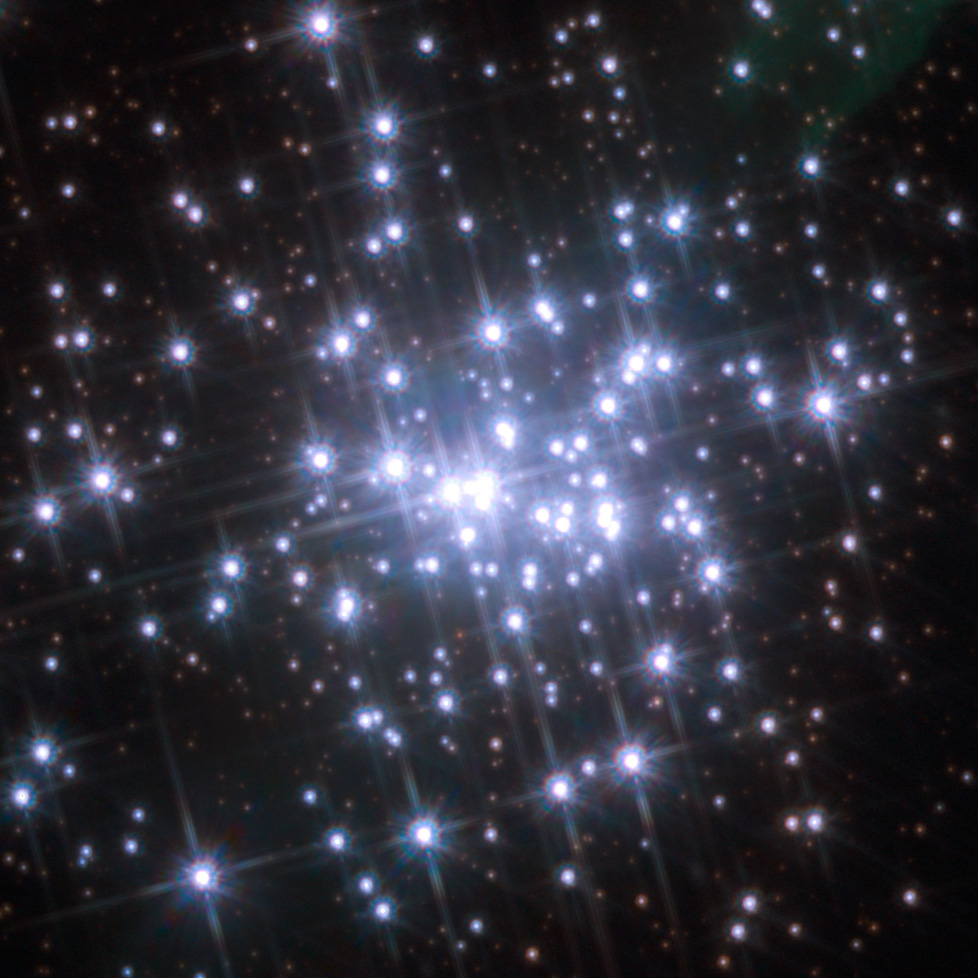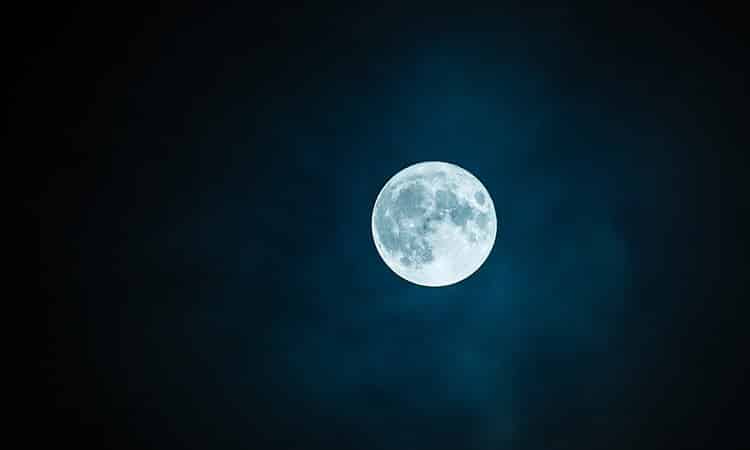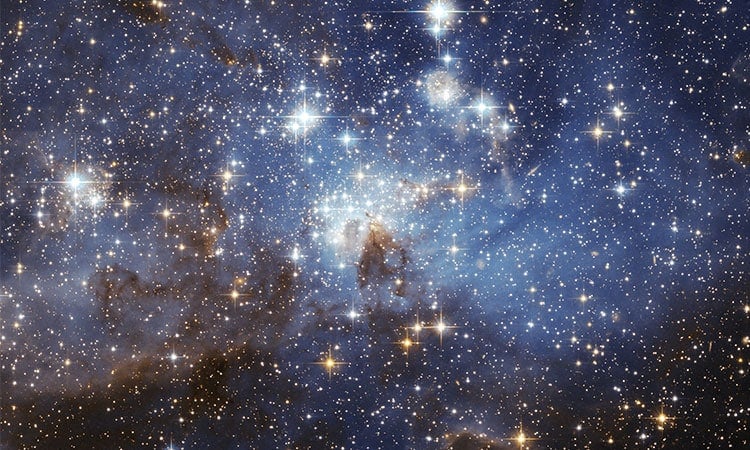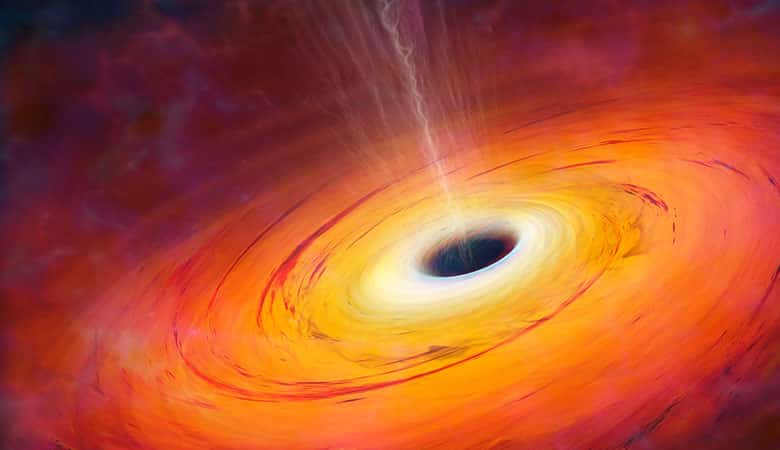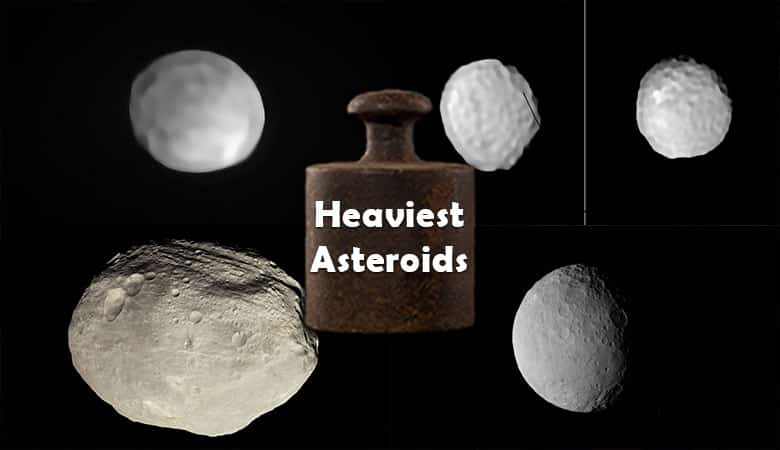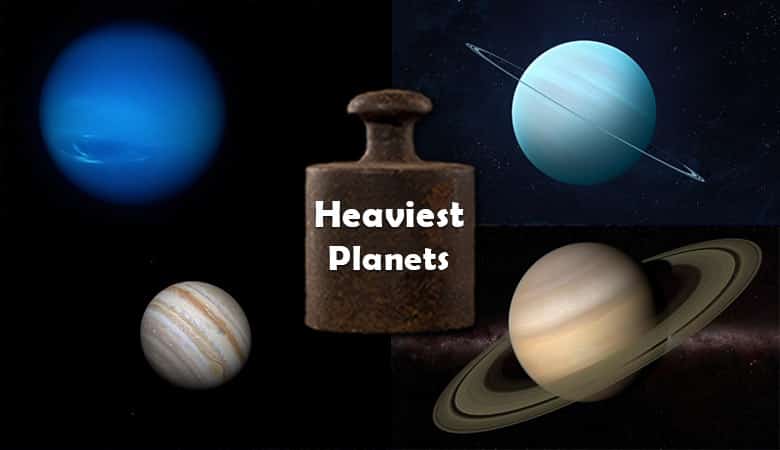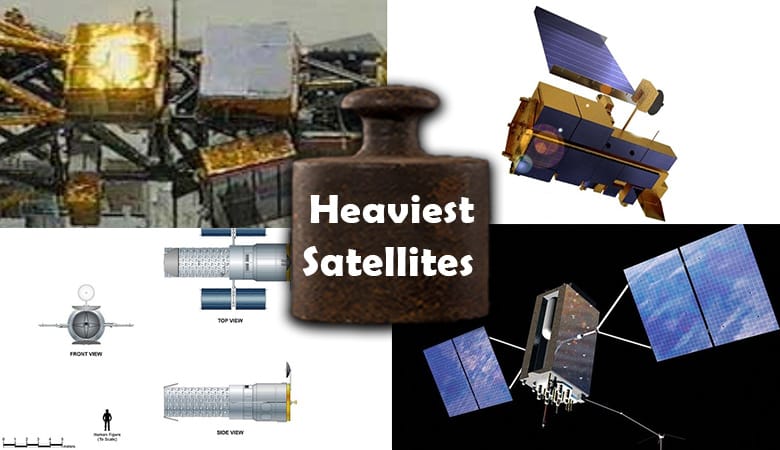The universe has millions, if not trillions of stars, and you can see a few thousands of them during the night.
Perhaps the ordinary thing you know about stars is that they are bright, and some are a million times more luminous than the sun.
Astronomers have taken their time studying stars and have developed mechanisms to calculate their masses to understand their existence. While the sun is considered a big star, some are hundreds of times bigger than the sun itself.
The mass of a star is weighed against the solar mass. The weights, therefore, will be given in solar mass for better understanding.
1. R136a1
The R136a1 is still known to be the most massive and heaviest star existing in the universe. Its weight is 265 times the sun’s mass, which is twice as much as the stars covered in this list.
The star is believed to be too big to exist. That is why astronomers are still busy trying to understand its existence.
The R136a1 is also the most luminous star at almost 9 million times the sun. It is found in the Tarantula Nebula in the Large Magellanic Cloud, which is part of a supercluster with other big stars.
The Large Magellanic Cloud carries almost all of the heaviest stars in the universe.
2. WR 101e
Hubble Space Telescope image of nebula M1-67 around Wolf–Rayet star WR 124.
By ESA/Hubble, CC BY 4.0, Link
Even though there is little information about the WR 101e, it is known to be the second heaviest star at 150 times the sun’s mass.
The abbreviation WR sands for the Wolf-Rayet stars are classified based on their spectra’ strong, broad emission lines.
They are identified with nitrogen, helium, carbon, silicon, and oxygen. The early classification of these stars were dominant lines of nitrogen ions and dominants ionized carbon lines.
The Wolf-Rayet stars were further subdivided into WN and WC in consecutive years.
3. HD 269810
The HD 269810 is one of the blue giant stars found in the Large Magellanic Cloud. It ranks among the most luminous and massive stars to ever exist in the universe. It is also one of the few stars with the O2 spectral type.
The HD 269810 is approximately 130 times the size of the sun and is within the Dorado constellation.
It goes by other names like HDE 269810 or R 122. It is 170,000 light-years away from earth with more than 2.2 million times the sun’s luminosity.
4. WR 102ka (the Peony Nebula Star)
The Peony Nebula star taken by NASA’s Spitzer Space Telescope in its naturally dusty region
Link
The Peony star of Nebula is a slash star and one of the many contenders for the most luminous known Milky Way stars.
The star is closer to the Galactic Center and is primarily obscured in visible wavelengths. Therefore, observation should be done in longer-wavelength infrared light that can penetrate dust.
The WR 102Ka is found in the Sagittarius constellation with around a 100 solar mass. It is also a Wolf-Rayet class blue hypergiant with a luminosity of over 3.2 million times the sun.
In addition, it is still one of the massive stars in the Milky Way.
5. LBV 1806-20
The LBV 1806-20 has been at the center of controversy because it is considered a binary system instead of a single star.
It is at the core of the radio nebula and is fully powered by the stellar wind. The binary star is also believed to be light-0years away from the sun, approaching the Milky Way.
Its weight is believed to be between 36 to 200 solar masses, with a luminosity of 2.2 million times more than that of the sun.
When it was first discovered, the LBV 1806-20 was known to be the most massive and luminous star known, which brought a new dimension to the scientific understanding of massive stars’ formation.
6. HD 93129A
This NASA/ESA Hubble Space Telescope image features the star cluster Trumpler 14
Link
HD 93129A is a known triple star in the Carina Nebula, with its three components contributing to the star being one of the most luminous in the milky way.
It is located far away to determine its distance with the annual parallax method accurately.
This solar is believed to be around 100 to 127 solar masses. The other stars of the HD 93129A are also quite heavy, weighing approximately 80 solar masses. Its luminosity is 1,489,000 times that of the sun in the universe.
7. HD 93250
The HD 93250 is one of the most massive stars in the universe and highly luminous.
It is found in the Carina Nebula in the Carina constellation and one of the brightest stars in the Carina Nebula.
It is believed to be among the open cluster Trumper 16, though it is more of the Trumper 14.
Its mass is around 118 times the sun’s mass and is 11,000 light-years away with a luminosity of 1,000,000 times that of the sun.
Mass calculations of the star have displayed discrepancies between evolutionary and spectroscopic models, which have been resolved by analyzing two distinct stars.
8. NGC 3603-A1
The NGC 3603-A1 is found in the Carina constellation and is a double-eclipsing binary star found in the HD 97950 clyster.
The star is around 25,000 light-years away from earth and is one of the most massive and luminous known stars.
The A1a has 116 + 32 solar masses, while the A1b has 89+16 solar masses. These two stars can be measured directly instead of their masses being estimated from other star models.
Every component is a Wolf-Rayet star with spectra filled by broader emission lines.
9. Pismis 24-1
The Pismis 24-1 is also called the HD 319718 and one of the brightest stars of the Pismis 24 open cluster in the nebular NGC 6357.
The star is approximately 6,500 light-years away and was once the most massive star ever. However, it has three individual components, each among the most massive and most luminous known stars.





